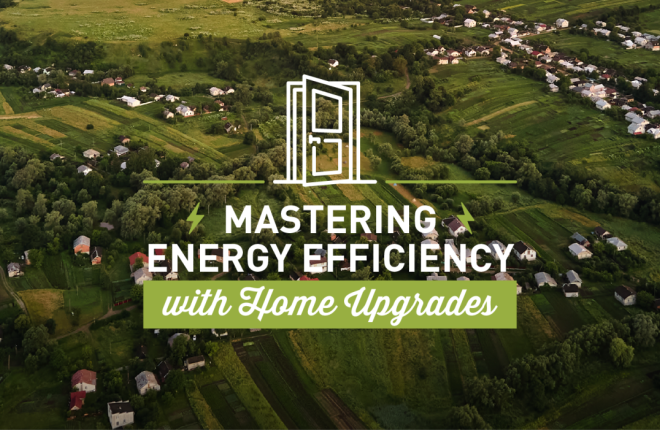
April 8, 2020
6 Unusual Technologies Emerging in Clean Energy
Green technology inventions are revolutionizing the way we generate energy, recycle consumer goods and live more sustainably. Truthfully, if it weren't for such innovations, we wouldn't have solar panels, wind turbines, or electric cars. We also understand that not all environmental advancements are as practical as wind farms and solar energy. But from these groundbreaking technologies, we develop practical applications that can lead us into a cleaner future. Here are 6 unusual technologies emerging in clean energy.
1. Living Architecture
What exactly is ‘living architecture’? Living architecture consists of integrating living or organic matter into traditional building structures. Living architecture examples are green walls, natural swimming pools, bio-concretes, green roofs and natural bridges made of intricate root systems.

Living Tree Bridge - Cherrapunji, India
Living architecture examples of the future are much like the Swansea Picton Yard building proposal in Wales. This "living" building will be home to plants, vegetables, fish and people. Another unusual example of living architecture in the home is La Chanh Nguyen’s moss carpet.

2. Air Purifying Roof Tiles
A new trend in green technology is air-purifying roof tiles (and air purifying pavement). The tiles are coated with titanium dioxide, which is helpful in cleaning the air. Titanium dioxide works as a photocatalyst by oxidizing nitrogen oxides and volatile organic compounds into soluble nitrates and fatty acids when exposed to UV light.
Studies at UC Riverside suggest that a thick coating of titanium dioxide on roof tiles reduces 97% of target greenhouse gases, while a thinner, cost-effective coat still reduces the target gases by 88%. The result of this technology could cost just five dollars to coat an entire roof, with one home removing 21g of nitrogen oxide a day, the equivalent of what a car releases driving appx. 11,000 miles. (Source: University of California, Riverside)
3. Electric Boats
Believe it or not, electric-powered boats have been used for over 120 years. While the majority of boats today run off gasoline combustion engines, interest in this renewable marine energy source has been increasing steadily, especially as more efficient solar cells have become available. One company that is leading the electric boat innovation is German-based company Torqeedo. Apart from the benefits to the environment, electric power also means that there are no risks associated with storing volatile fuels onboard.
“This is an important shift in where the future of boat propulsion is heading. What Tesla has done for cars in making electric accessible and acceptable, we believe Torqeedo will create similar waves on the water,” said Jason Hodder, Power Equipment’s Torqeedo Product Manager.
4. Printable, Flexible, Organic Solar Cells
Unlike the solar cells, you're used to seeing, organic photovoltaics are made of compounds that are dissolved in ink and can be printed and molded using simple techniques. The result is a low-weight, flexible, semi-transparent film that turns the energy of the sun into electricity.
Organic photovoltaics (OPV) using a carbon base and mixed with fullerene to create an ink is a new technology in solar power. The ink is printed on flexible substrates in a 0.2-micrometer thickness to absorb the sun’s energy. Using this incredibly thin layering, one kilogram of the polymer can be used to print a solar cell the size of a football field. The resulting material is lightweight, flexible, and semi-transparent. This module can harvest the sun’s energy and also indoor light, says Hannah Burckstummer during her presentation at TED.
5. Customized Color Solar Panels
Solar panels can now hide in plain sight, thanks to companies like Kameleon Solar. The Netherlands-based photovoltaics company designs and builds custom-made colored solar panels (that don’t look like solar panels) for building integrations. Since 2015, they have built such technologies as colored glass to colored cells and even invented ColorBlast™, which offers true freedom of design when it comes to solar façades.
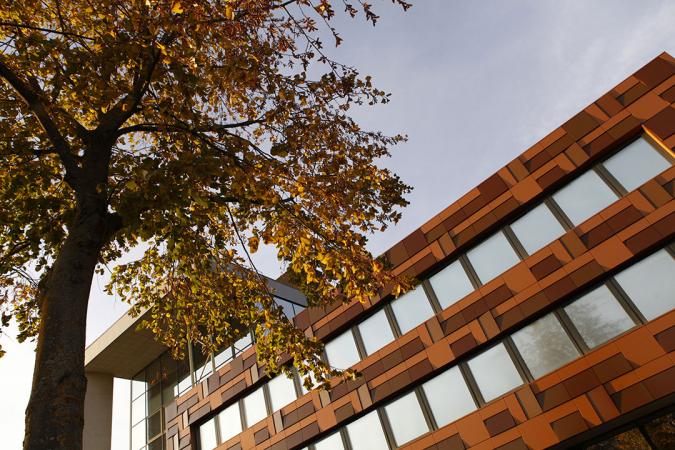
The front of this building’s design has been integrated with colored solar panels which blend in seamlessly
6. Biodegradable Building Materials
Imagine bricks made from corn stalks and mushroom roots that fuse together as the mushrooms feed on the stalks. This particular bio-brick technology is an example of building materials with a circular lifecycle. They begin in the soil as plant matter and fungus, are made into bricks, and then biodegrade when returned to the soil, providing nutrients to the next generation of plants. One such company doing this is Hy-Fi, the vision of Designer David Benjamin of New York architects The Living.
Hy-Fi offers a captivating physical environment and a new paradigm for sustainable architecture. In 2014, they tested and refined a new, low-energy biological building material, manufactured 10,000 compostable bricks, constructed a 13-meter-tall tower, hosted public cultural events for three months, disassembled the structure, composted the bricks, and returned the resulting soil to local community gardens.
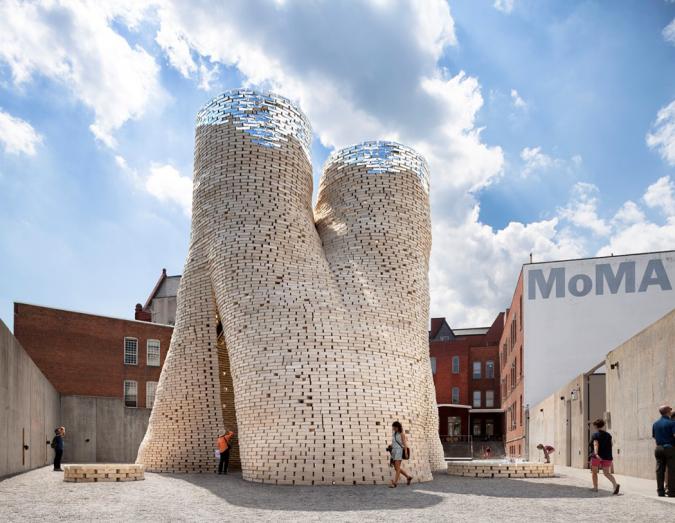
The organic brick structure known as 'Hy-Fi' opened in the courtyard of MoMA's PS1 space in New York.
North Carolina-based company, BioMASON, has developed a technology that uses microorganisms to grow bio-cement-based construction material. This technology enables the material to be grown on-site and adapt to the local environment. The units are mixed with microorganisms fed with an aqueous solution to harden into bricks. The strength of biocement™ materials is comparable to traditional masonry and is used as a green alternative.
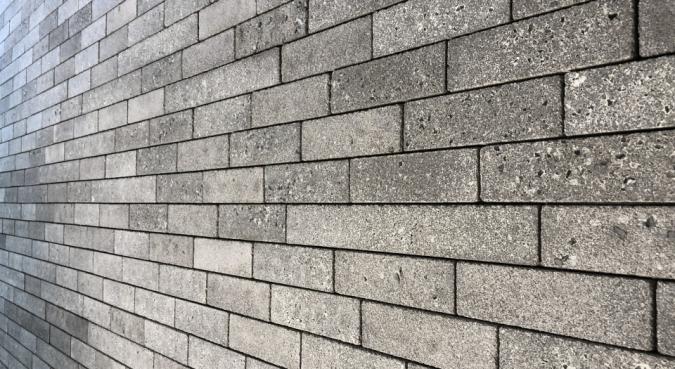
BioMASON bio cement brick wall
Creating an Eco-Friendly Home
With all of these new technologies emerging, you don't have to go to extreme measures to make your home more eco-friendly. Whether you're looking to build a new space or thinking about upgrading your existing one, there are a lot of technologies and practices you can consider. Some of these innovations require a big budget, while others are more of a weekend project. Read our post on How to Save Money and Reduce Your Energy Consumption for more ideas and tips.
Electrify and Save™
--
About Tri-State
Tri-State is a power supply cooperative, operating on a not-for-profit basis, serving electric distribution cooperatives and public power district member-owners in four states. Together with our members, we deliver reliable, affordable and responsible power to more than a million electricity consumers across nearly 200,000 square miles of the West. Visit www.tristate.coop.
Blog Posts

Protecting Your Home Year-Round from Wildfires
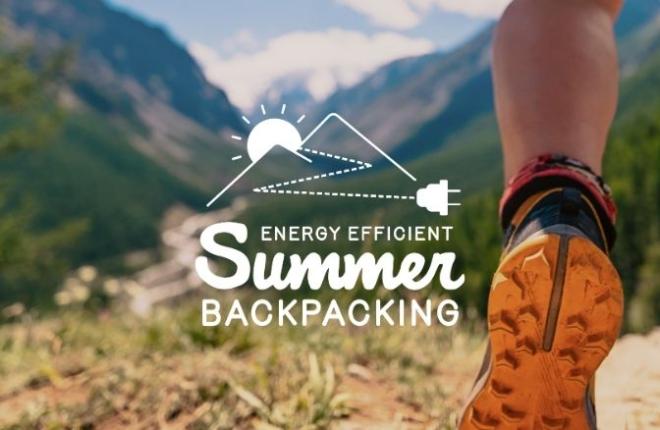
Summer Backpacking: Solar Power, Energy Efficiency, and the Best States to Visit

Beat the Chill: Effective Insulation Strategies for Winter Comfort

Energy Efficient Heating Options for Rural Communities in the West

Energy Efficient Tips for Outdoor Fall Entertaining
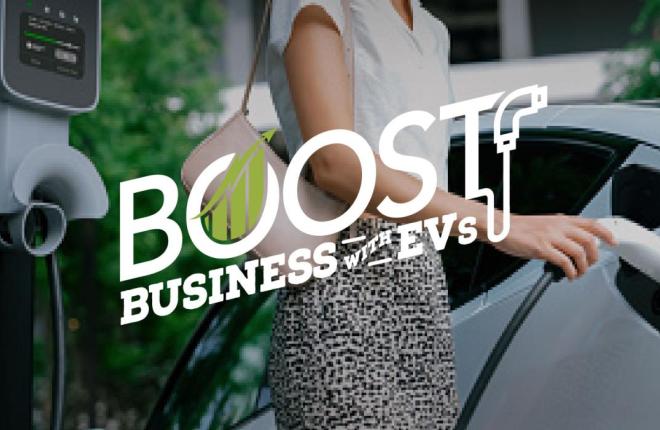
Boost Your Business with EV Charging
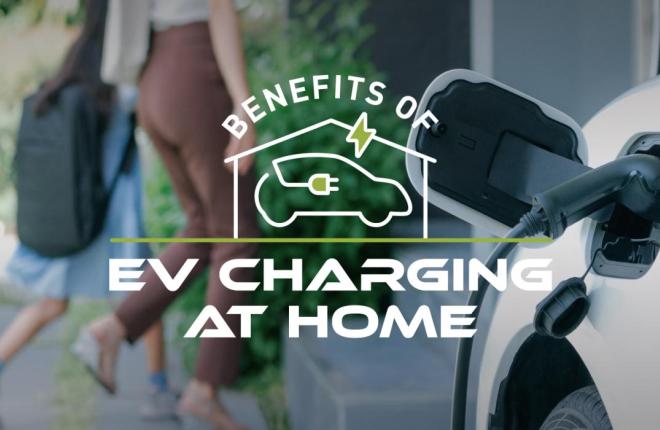
The Benefits of Having Your Own EV Charger at Home
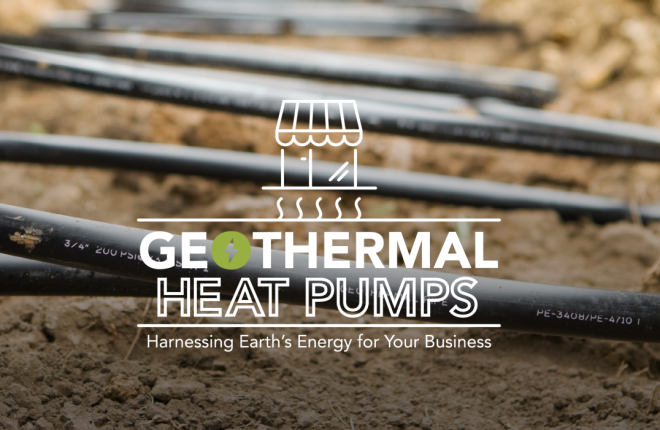
Geothermal Heat Pumps: Harnessing Earth's Energy for Your Business
